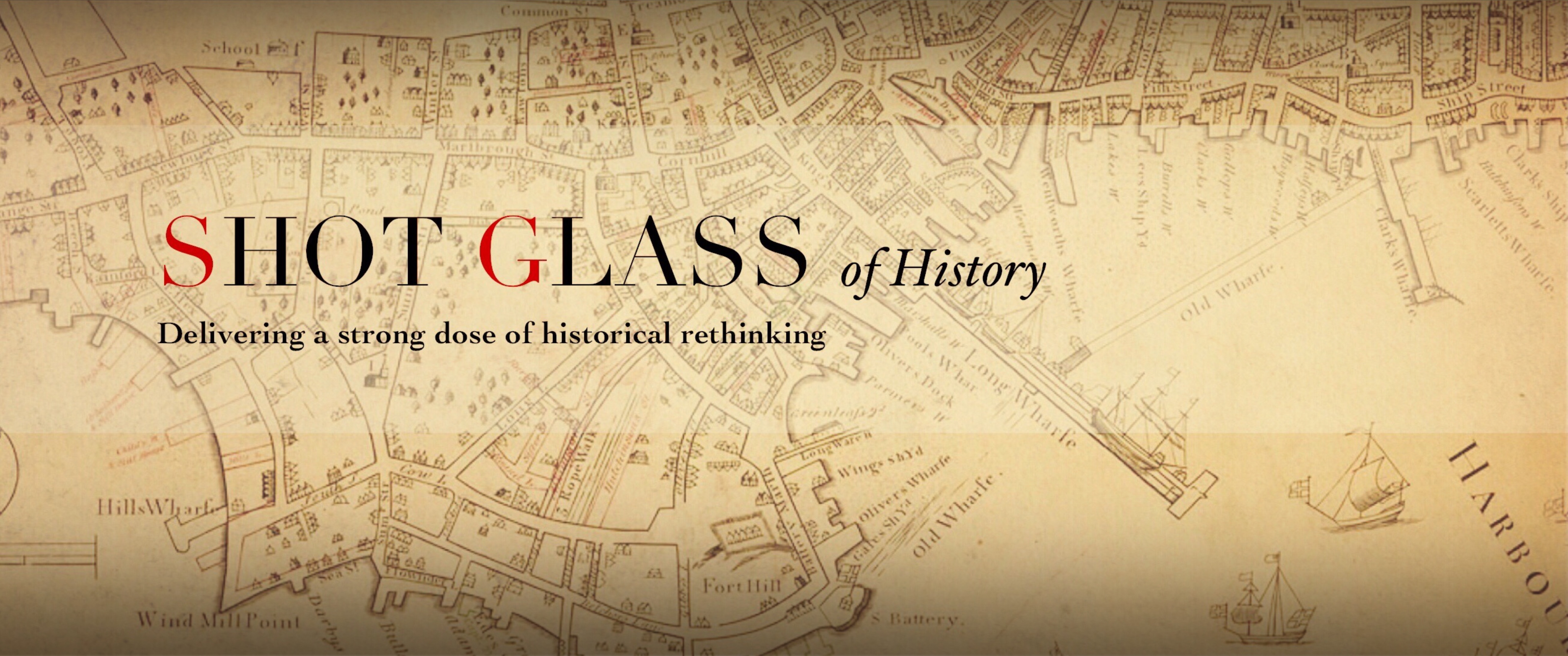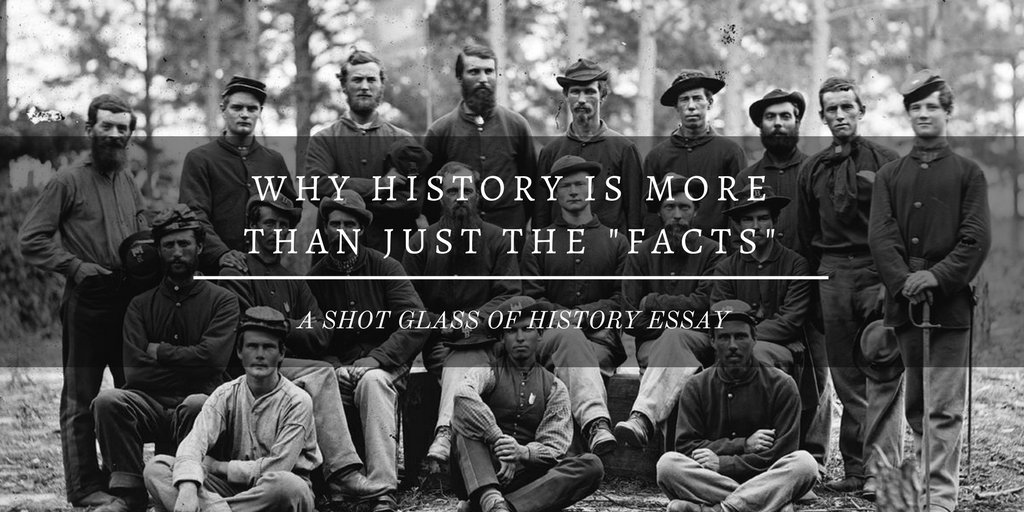When doing history it can be easy to emphasize the importance of data over story, when in fact the story is essential to being able to make sense of the data. One of the temptations of overemphasizing the data can be to divide the historical timeline into hermetically sealed periods based around easily identifiable points in history. Recently, historian Jeremy C. Young devoted an entire article to explaining that he had almost failed to make the connection that William Jennings Bryan’s rhetorical style in the 1920s had been invented by James Rush in the 1830s, because the Civil War divided the historical narrative:
Too often, as American historians, we imagine the Civil War as an impenetrable barrier between eras—as if American history simply stopped in 1861 and an entirely new nation, filled with new people, came to replace it. In reality, of course, people who cast their first ballots for Andrew Jackson cast their last for William Jennings Bryan; people born into slavery died after the advent of talking motion pictures. Nevertheless, professionally speaking, we’re often tacitly discouraged from placing the antebellum and postbellum worlds in conversation with one another. This way of thinking disadvantages historians of the modern era in particular, I think, in that it makes us less likely to investigate the early American roots of the phenomena we study. In my case, it explains why it took me so long to realize that the story I was telling about the 1920s actually began in the 1820s.
What we see here is that the main events that we divide history around cannot define where we begin and end our narratives. Historians then are not just scientists objectively studying natural data and forming conclusions. They have to arrange data into a story, which relies on a great deal of subjective, artistic ability. And the arrangement of that story then also retroactively tells us which data to emphasize. In a three-part series, Nathan Perl-Rosenthal describes the complications of historical plot:
In the narrowest descriptive sense, plot denotes merely the main events of a literary work, presented as an interrelated sequence. But as one distinguished literary theorist put it, plot is much more: it is “the very organizing line, the thread of design” of a story. It is, if you will, the logic of the narrative. Plot in this sense is a feature of all historical writing. Even when it is written in a non-narrative mode, history tells an emplotted story of change over time.
The feature of plots is that they have a story arc, which means an origin story, a tension, and then a resolution that is either happy or sad. So where we begin and end our narrative not only helps define which data to use and emphasize, but also defines the type of story we tell. “Scholars choose the plots that structure their histories and these choices involve more than deciding which events to discuss. Each plot embeds an emotional arc and potential political lesson into the historical narrative.”
Popular history can be terrible at putting events within a larger narratival context. In part it’s because people are lazy. It’s so much easier to receive history as a series of snapshots without taking the time to understand how they relate to one another. Ken Burns’ Civil War series starts in the year 1861. While this is fine if the only goal is to document the events of the Civil War, it lacks almost any context at all. Most historians will push the origins of the Civil War at least as far back to the Kansas-Nebraska act of 1854, and give us an introduction to the tensions between slave and free states. But even this is inadequate because it fails to take into account the narrative that the characters told about themselves. Unlike with fictional characters, in history the story that people tell about themselves actually affects their history.
In his excellent work, For Cause and Comrades: Why Men Fought in the Civil War, James M. McPherson compiled the diaries and letters of soldiers from both sides of the war to let them tell their own story.
The patriotism of Civil War soldiers existed in a specific historical context. Americans of the Civil War generation revered their Revolutionary forebears. Every schoolboy and schoolgirl knew how they had fought against the odds to forge a new republic conceived in liberty. Northerners and Southerners alike believed themselves custodians of the legacy of 1776. The crises of 1861 was the great test of their worthiness of that heritage. On their shoulders rode the fate of the great experiment of republican government launched in 1776. Both Abraham Lincoln and Jefferson Davis appealed to this intense consciousness of parallels between 1776 and 1861. . . . The profound irony of the Civil War was that, like Davis and Lincoln, Confederate and Union soldiers interpreted the heritage of 1776 in opposite ways. (James M. McPherson, For Cause and Comrades: Why Men Fought in the Civil War [New York: Oxford University Press, 1997], 104)
So according to the combatants, the context for their own story began much earlier than 1854. Americans in 1861 had a narrative about themselves that began in 1776, and it was because of this origin story that they were willing to kill and be killed in their own generation.
What we see here is that people are not merely passive recipients of their historical context. Their own telling of it performs an active role in shaping it. Had Americans in 1861 told their origin story as starting at a different date, the conflict would have taken on a completely different context. This means that we have to pay close attention to these self-told narratives when attempting to write historical works ourselves. Real history is thus somewhere between the impersonal, Hegelian thesis/antithesis, and the overly personal, “great man” theory of history. Which brings us back to the original point that history is not merely about making sense of data, but about telling a story. And stories rely not just on content to get their point across, but also style.
In yet one more recently written article, Jonathan Wilson examined how many historians actually knew how to tell stories, and the answer was, not many.
Plenty of academically trained historians today want to tell stories non-academics will read. I say “tell stories” because fundamentally that is what historians do, even when it doesn’t look like it. (Even stories about big impersonal forces are still stories.) The problem—besides having so many other demands on our time—is that we are not always prepared to tell stories that make sense to non-initiates.
This is because too often historians get overly distracted by the data. In fact, what Wilson discovered was that 75 percent of historians “had not received any substantial training” in how to write narrative history as part of their graduate studies. “Some clarified that this meant they had not been trained to write narrative at all, for any kind of audience.” But this is exactly what historians are supposed to be doing. If the goal of a historian is to communicate the past to the present, then they must learn to tell not just stories, but stories that explore beyond just the “facts.”


It’s interesting that you make that comment about Jefferson and Davis appealing to parallels between 1776 and 1861. The presidents who can create a historical narrative in which they are the hero often rise to power.
You’re right. They don’t rise to power with a self-narrative that says they’re a loser.